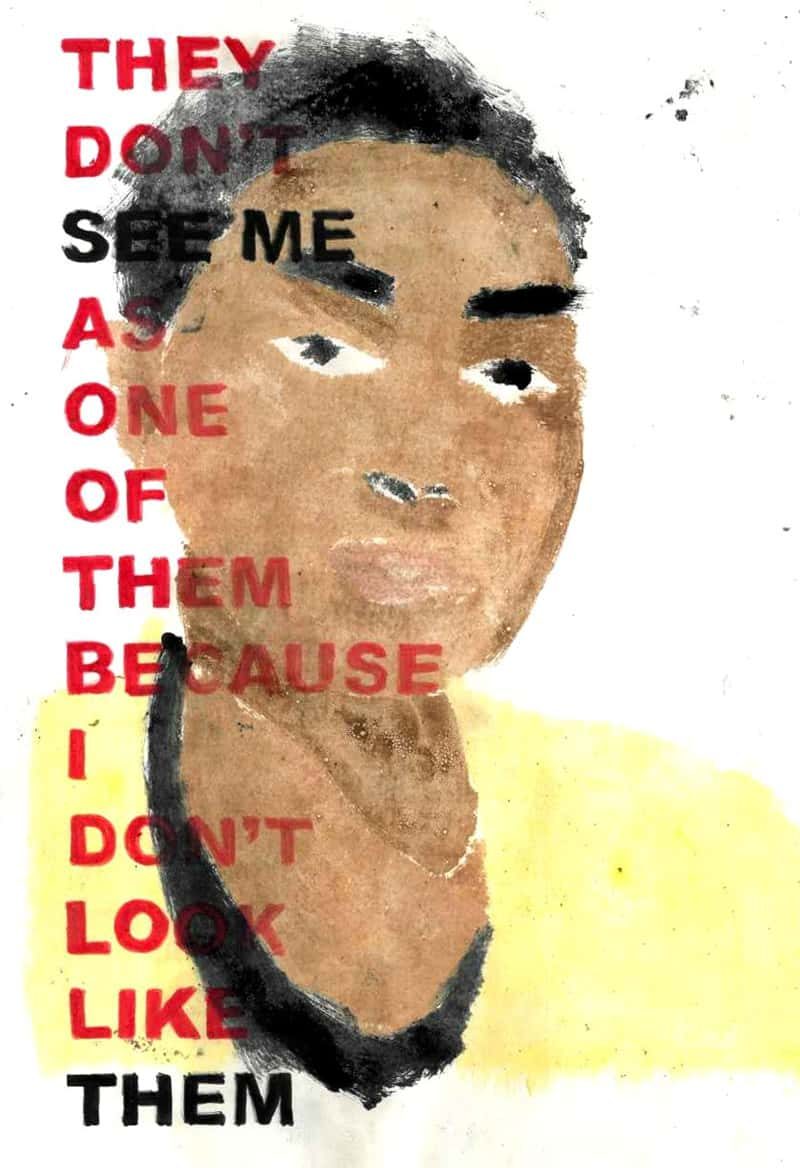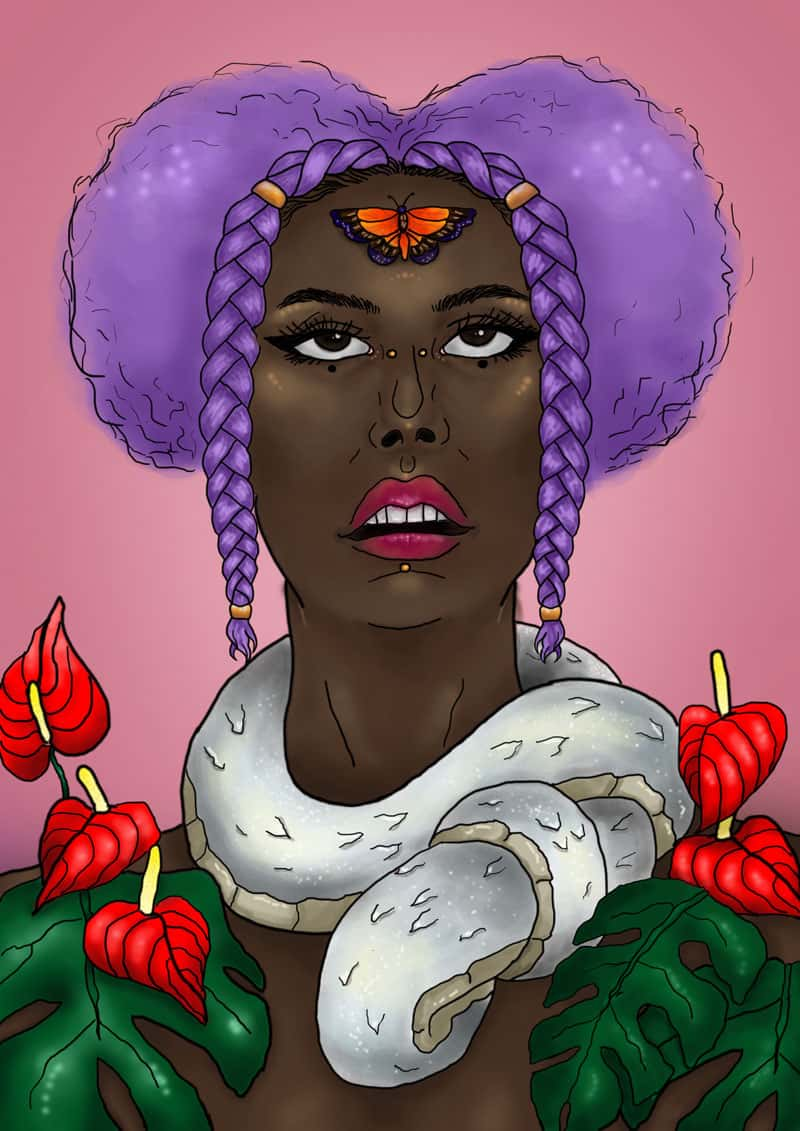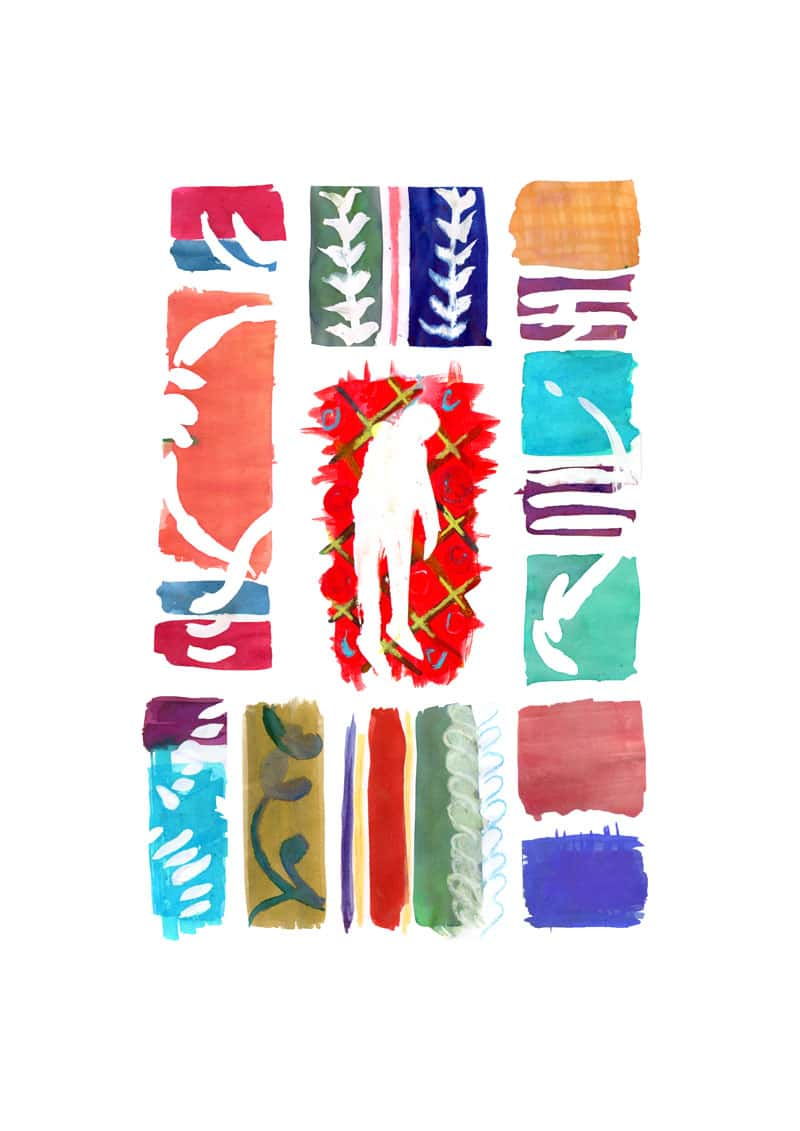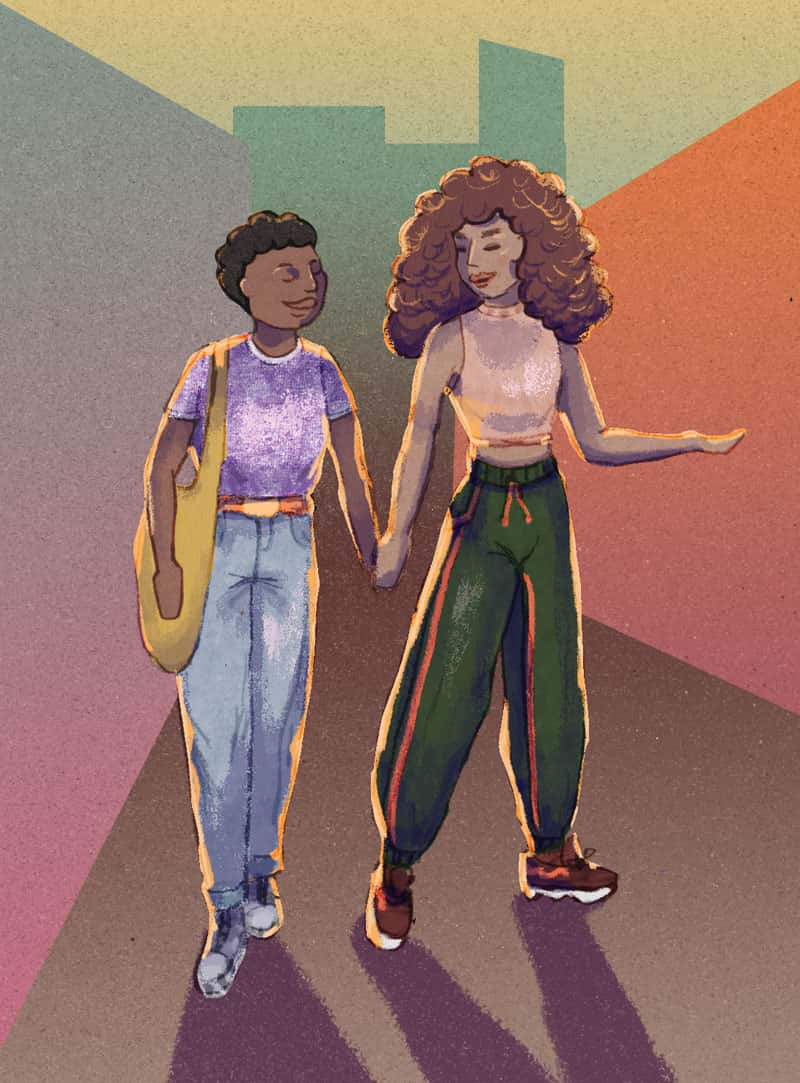How it started vs. How it’s going: Tamara Asidi, BA Illustration
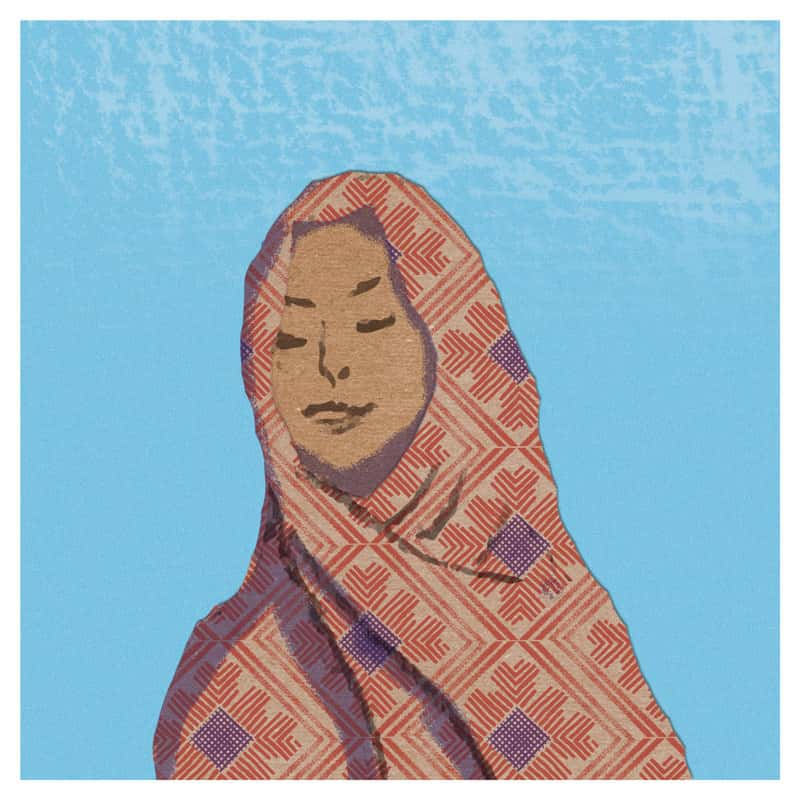
How it started: Tamara’s work when starting at NUA
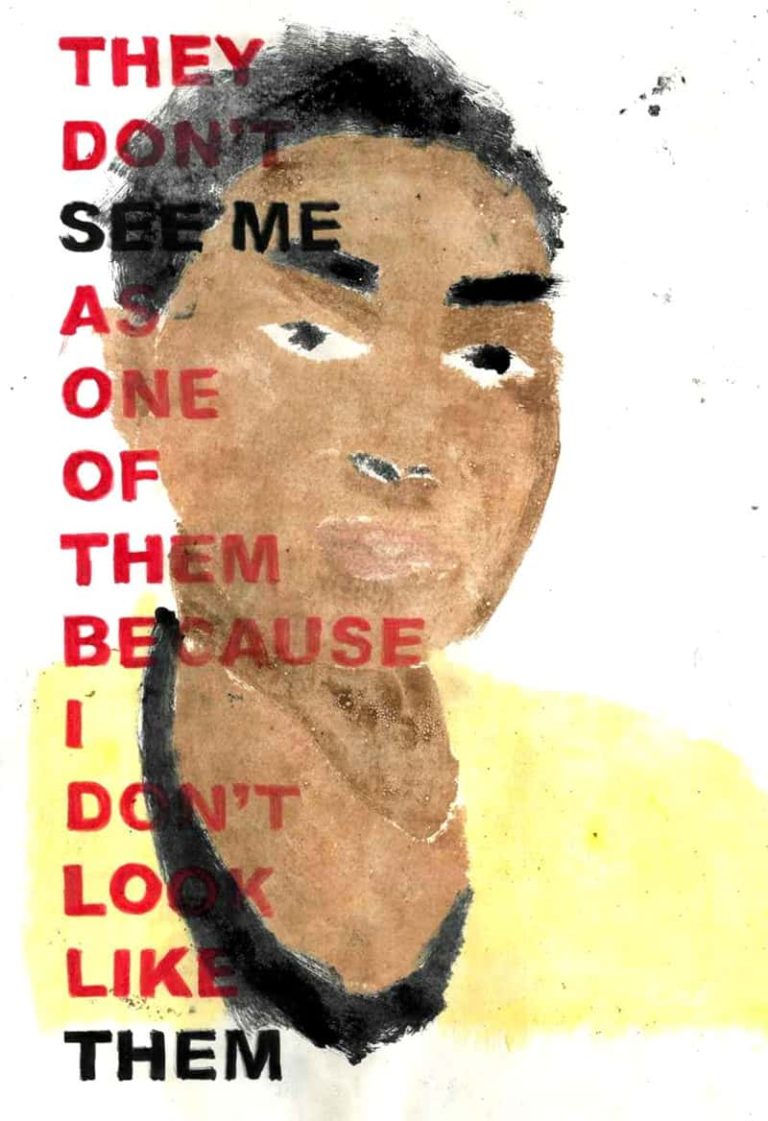
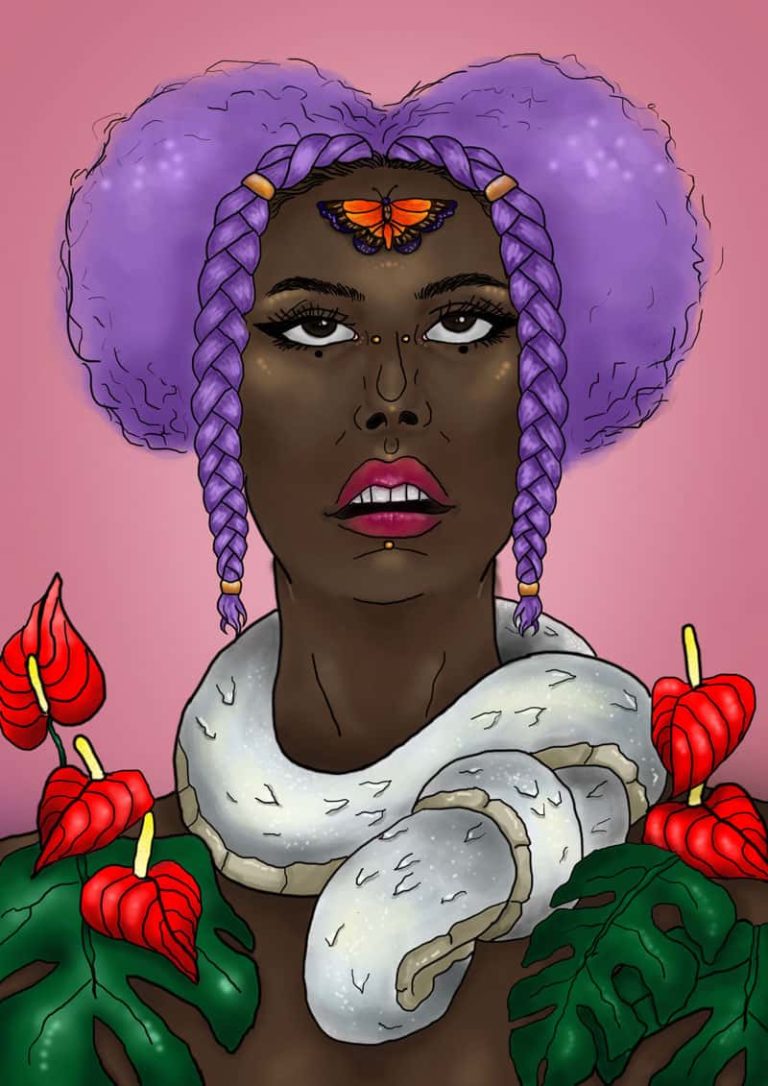
What got you into illustration?
At college, I studied Fine Art and quickly realised that it wasn’t for me. We were encouraged to be highly conceptual, have multiple processes and avoid the obvious – none of which I had the patience for.
I felt like I had to choose between fine art and graphic design, despite neither really matching up to what and how I enjoyed creating. It was then that I discovered illustration as a possible avenue.
Illustration presented me with a lot more room in what I could visually produce, while still having briefs for guidance. It felt like a subject that combined the parts of Fine Art and graphic design that I enjoyed.
How would you describe your practice, then and now?
Back then, my practice was very defocused. I made artwork ranging from pieces about racism, to homelessness and domestic abuse.
My college had a really good print and 3D studio which we had free use of, therefore my practice was multimedia based. I was drawn to NUA because it meant I wouldn’t have to drop this part of my practice.
Towards the end of college, I began to focus more on identity – specifically those of marginalised people – and explored this in different ways. I also made my first attempt at digital art.
At NUA I continued to develop my skills in digital art. Initially I wanted to combine this with analogue techniques. But as I progressed, I used these less often because I enjoyed the digital art process more.
I still continue to focus on identity and culture and the different ways they could be represented.
Where do you get your inspiration?
I’m constantly absorbing sources of inspiration, especially as the themes of my work surround us every day.
I follow a lot of artists I love on Instagram, including Aleesha Nandhra, Naomi Anderson-Subryan and Jess Nash. But I’m often inspired by friends, family and my own personal history.
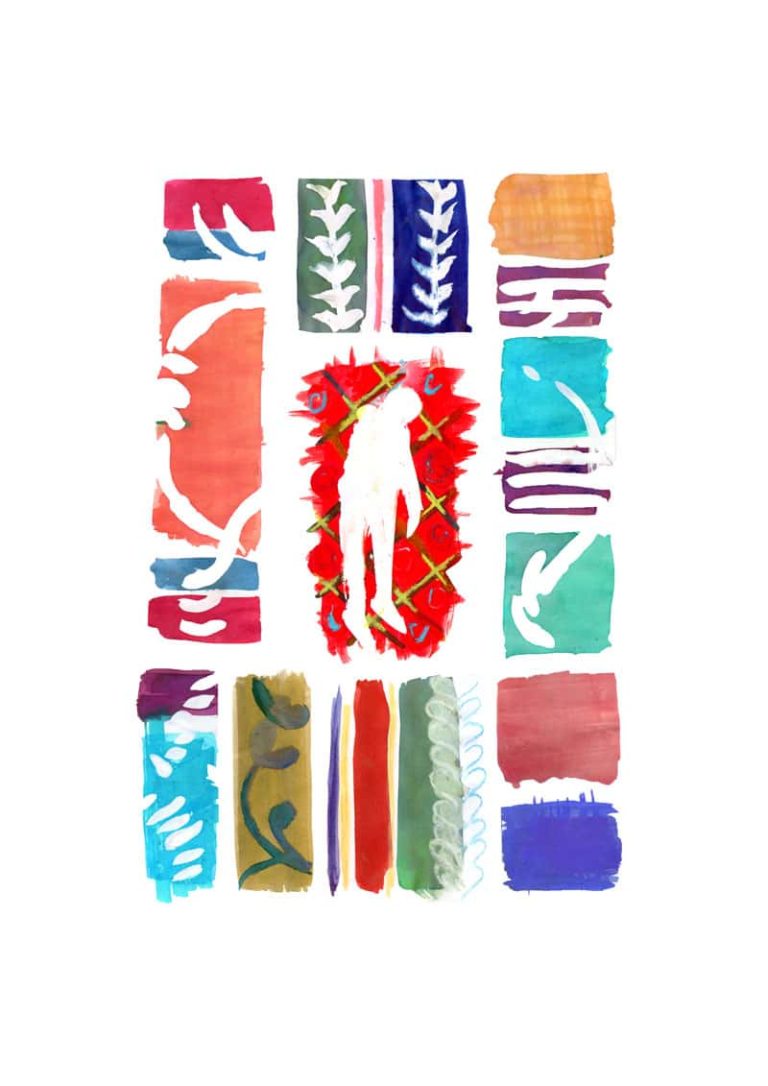
What do you love about illustration?
What I love the most about illustration is that I’m able to use all these sources of inspiration to refine my own work. I can then work with an organisation to create something that is meaningful to me and connects with others.
How has studying at NUA helped develop your practice?
Studying at NUA has definitely brought focus to my practice. I’ve gone from having a multimedia-based practice to one that’s based on digital collage.
This makes my creative process, and in turn, responding to a brief a lot easier, because I know what steps I need to go through to get to my desired outcome.
I was also encouraged early on to be clear in what purpose I wanted my work to serve, which is something that was missing at college.
Having a sense of purpose behind my work makes it easier to come up with self-started projects. It also helps me seek out projects that are aligned to my practice so I can ensure my creativity makes the most impact.
How it’s going: Tamara’s work now
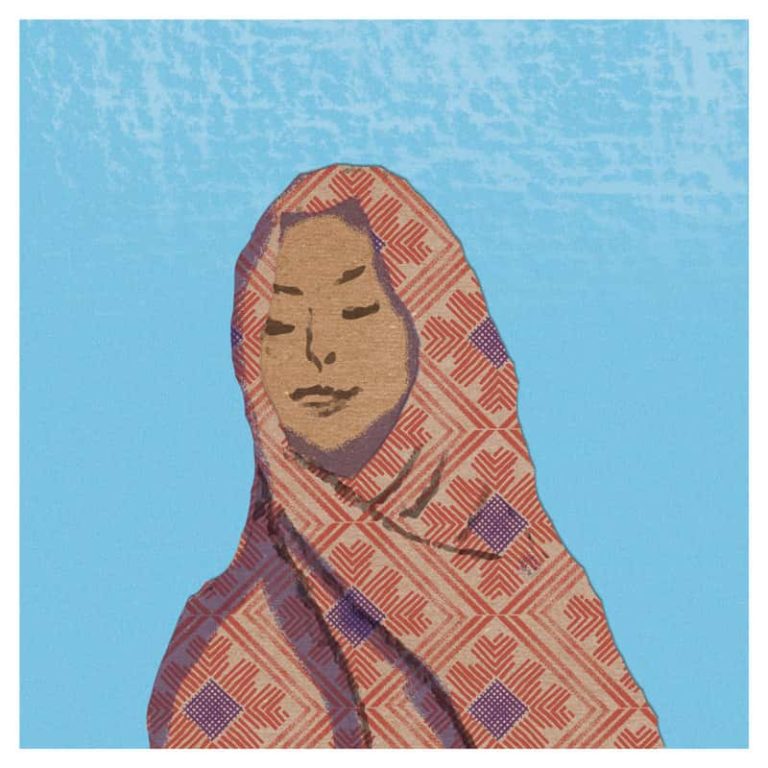
What have you learned about yourself as an Illustrator since studying here?
The biggest development I’ve had is really understanding who I am as an illustrator, and what my personal practice is.
Before, I had all these ideas of what my practice should look like in terms of how often I create, what my aesthetic should be, even what my art space should look like.
Giving myself the space to really discover my illustrative practice, and accept that it may not look like the poster version of illustrator, allows me to create something unique for myself.
Which is why it’s totally okay that I don’t actually have a sketchbook!
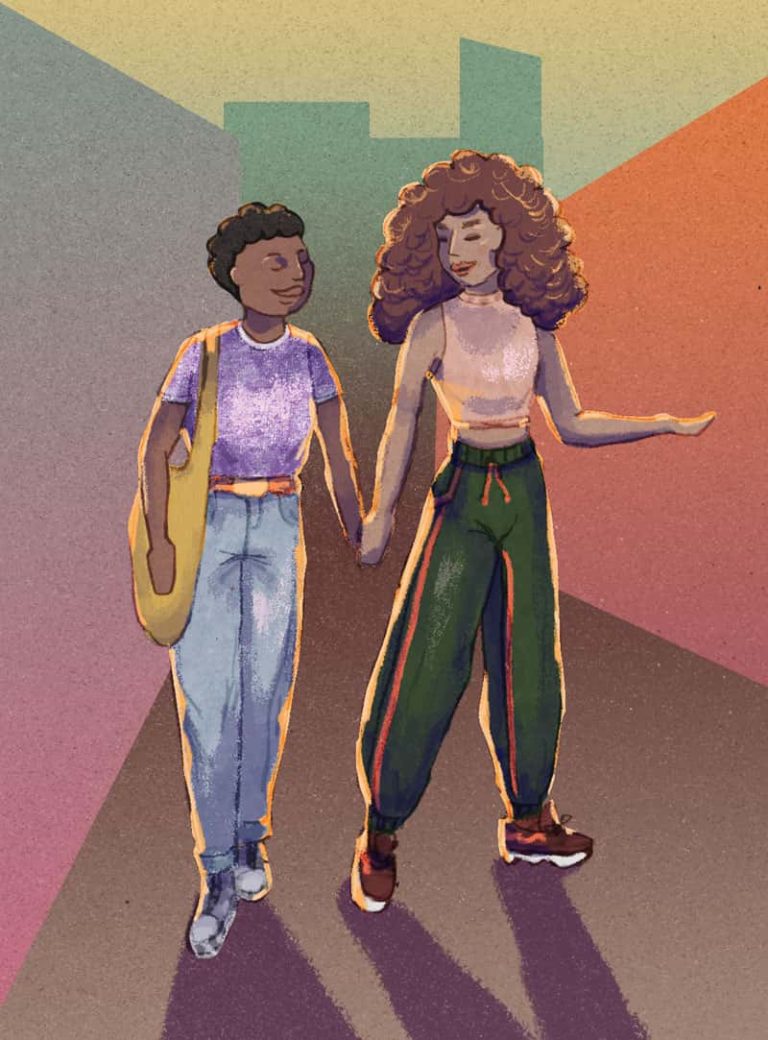
And what about your practice?
It’s through this space of discovery that narrative became a really important part of my practice.
I had dabbled in this before, basing pieces on interviews. Combining my love of reading and writing with illustration allows me to engage with my practice in a different way that feels a lot more organic.
This has also made it easier for me to communicate the themes of identity and culture.
What advice would you give to someone considering pursuing a creative subject?
I think it’s important to understand that where you’re at now isn’t where you’ll always be. There’s so much room for growth and learning because you’ll get out what you put in.
Discover BA (Hons) Illustration (opens in a new window)Gallery
Other interviews
-

In conversation with Norwich’s newest lecturers in Marketing and Business Management
-
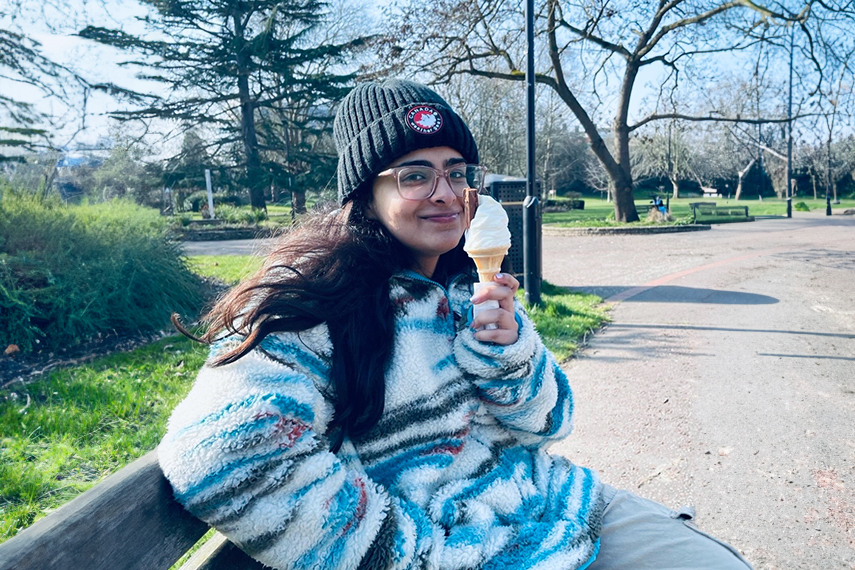
Dear future international students – Diya Vaya, BA (Hons) Film and Moving Image Production
-
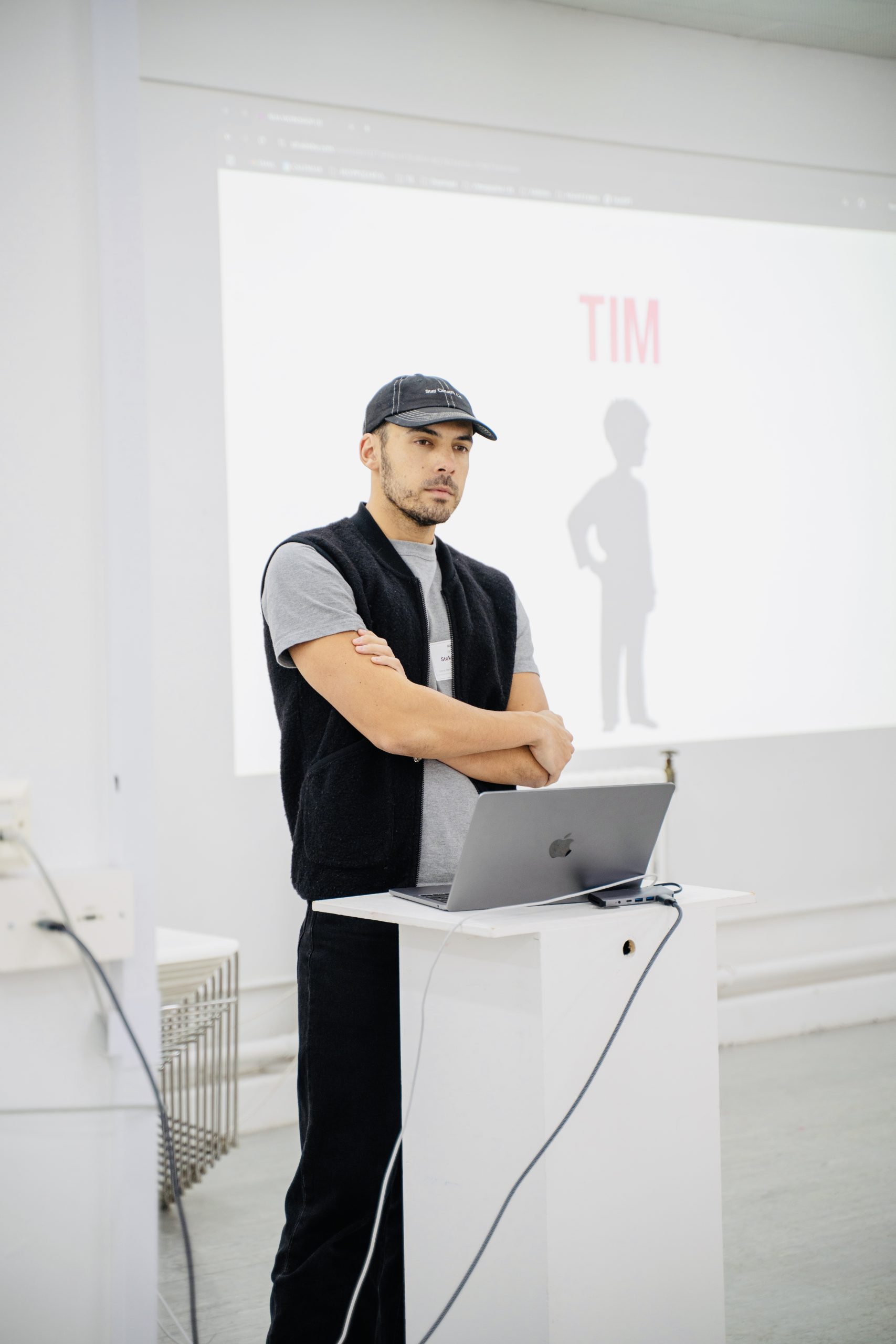
Inside Interchange Week with Stokely Howard of Trendy Grandad
-

Shape Shift Converse Rework: Authentic co-creation of art in mental health settings
-
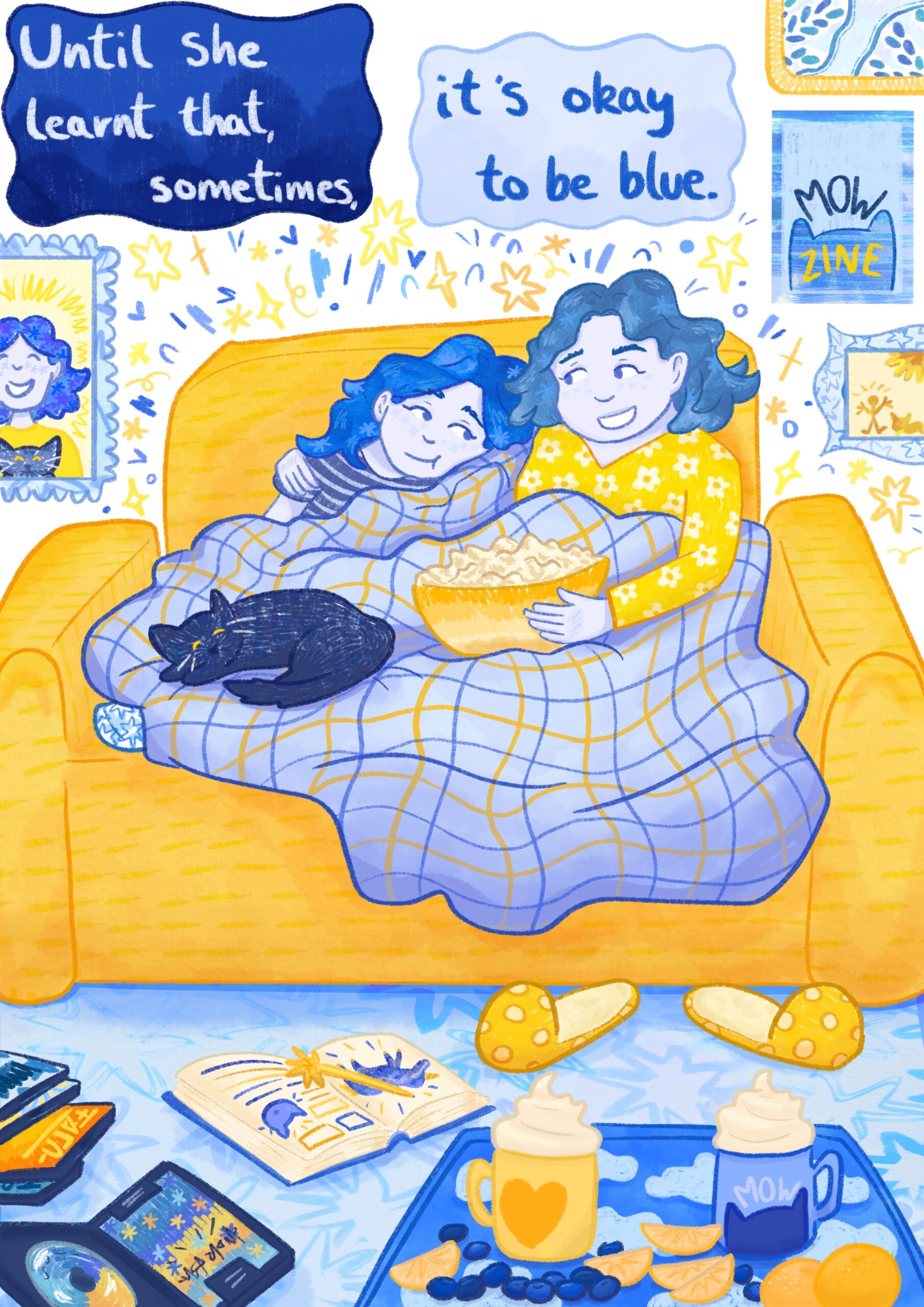
In conversation with Gabriella Mason, BA (Hons) Illustration
-
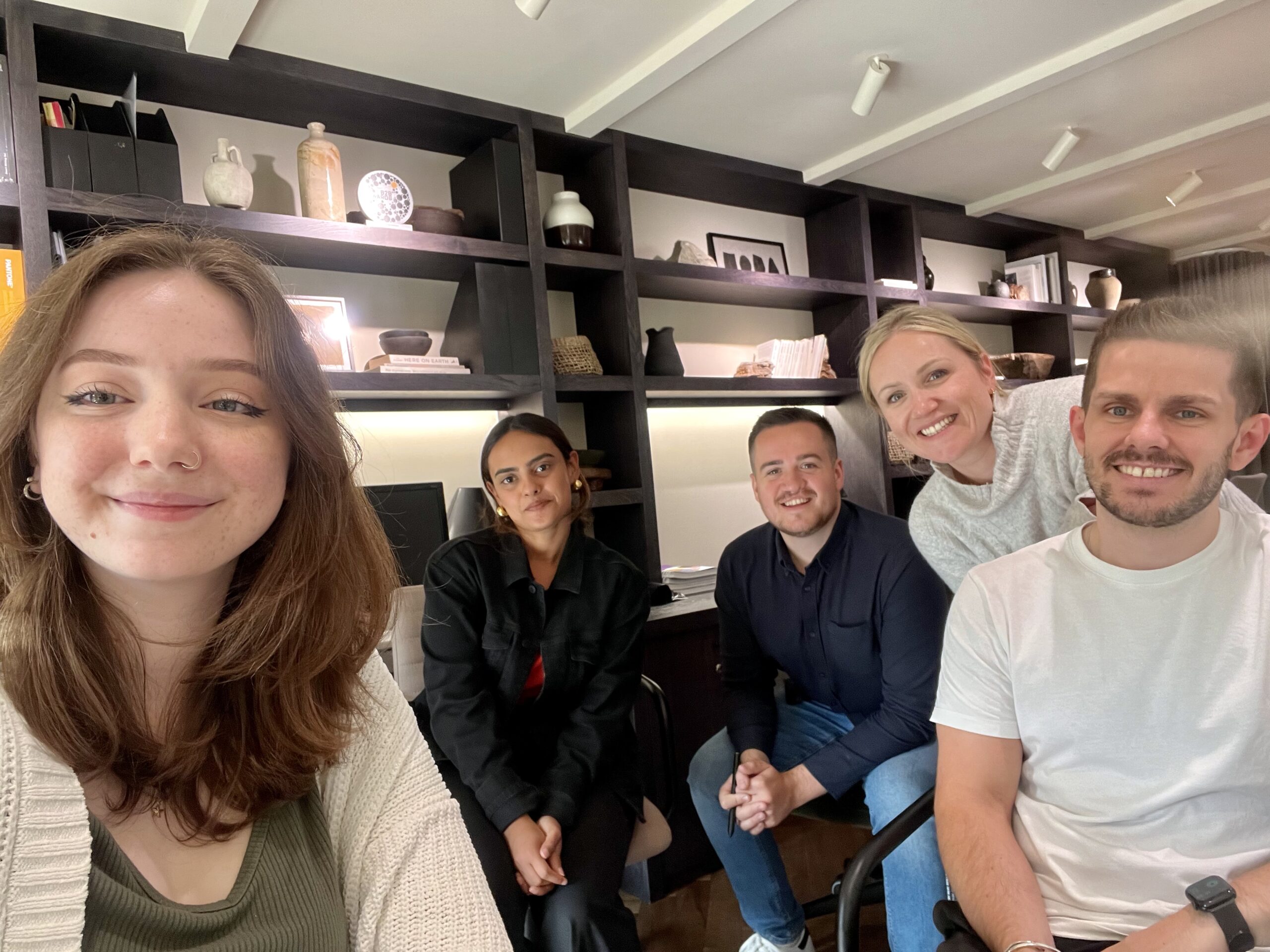
In conversation with Cassie Muskett, BA (Hons) Graphic Communication
-
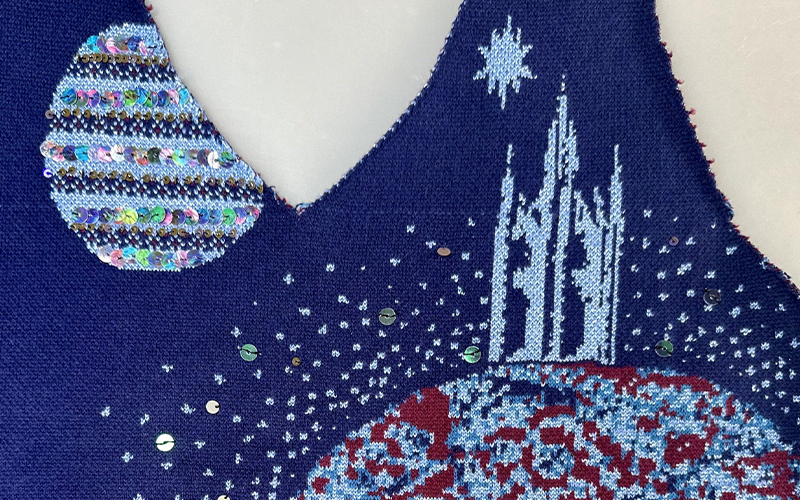
Embracing AI in Textile Design: A journey of creativity and collaboration
-
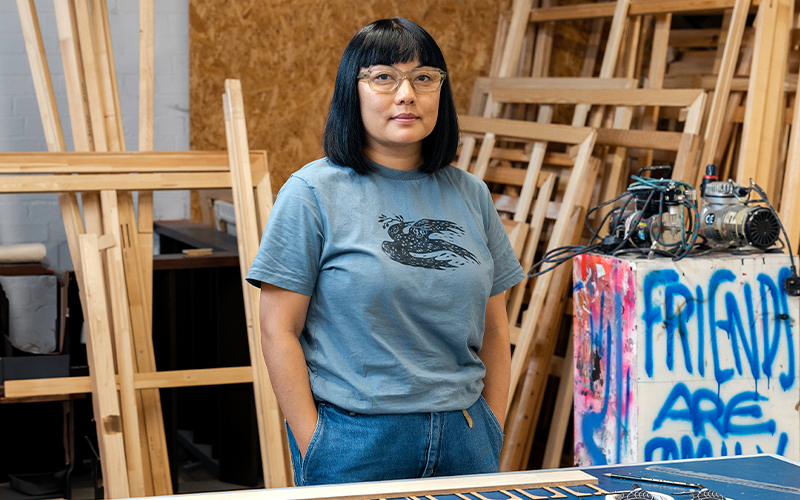
In conversation with: Alice Lee, BA (Hons) Illustration lecturer
-

In conversation with: Lucien Kelman, BA (Hons) Animation
-
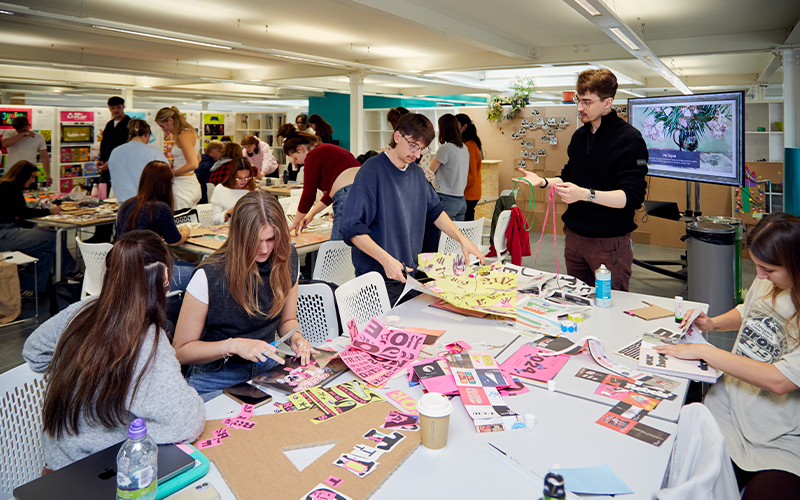
In conversation with: Sam Butler, BA (Hons) Graphic Communication
-
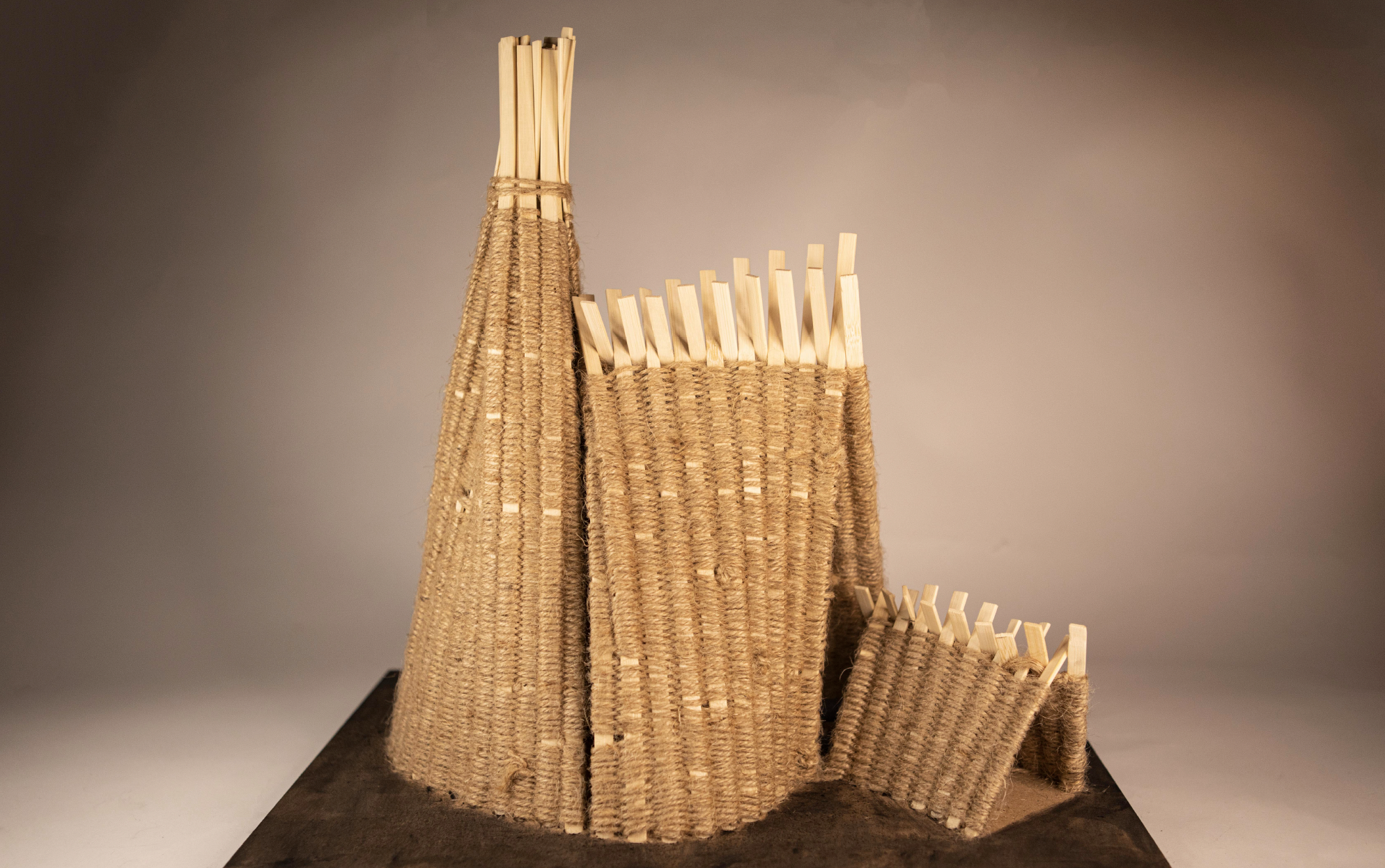
In conversation with: Tracey Lin, BA (Hons) Architecture student
-
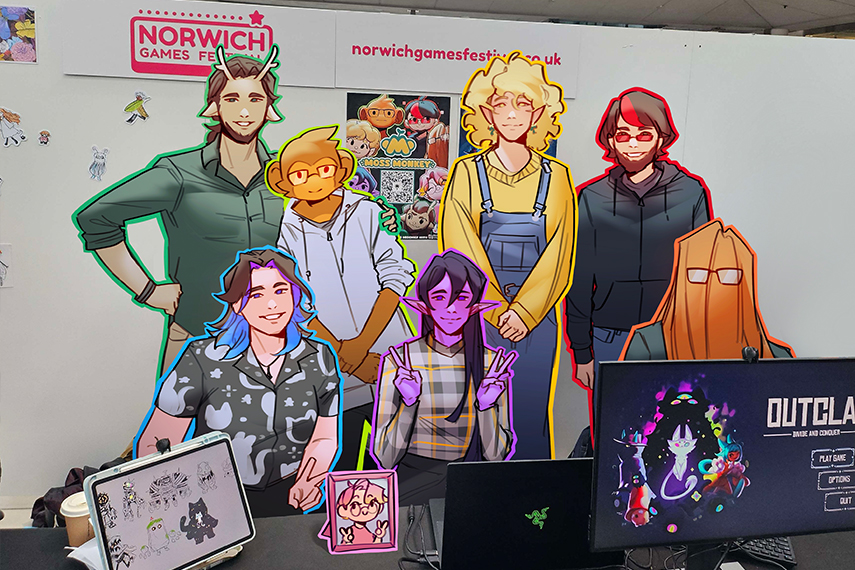
In conversation with: Iz Head, BA (Hons) Games Art and Design
